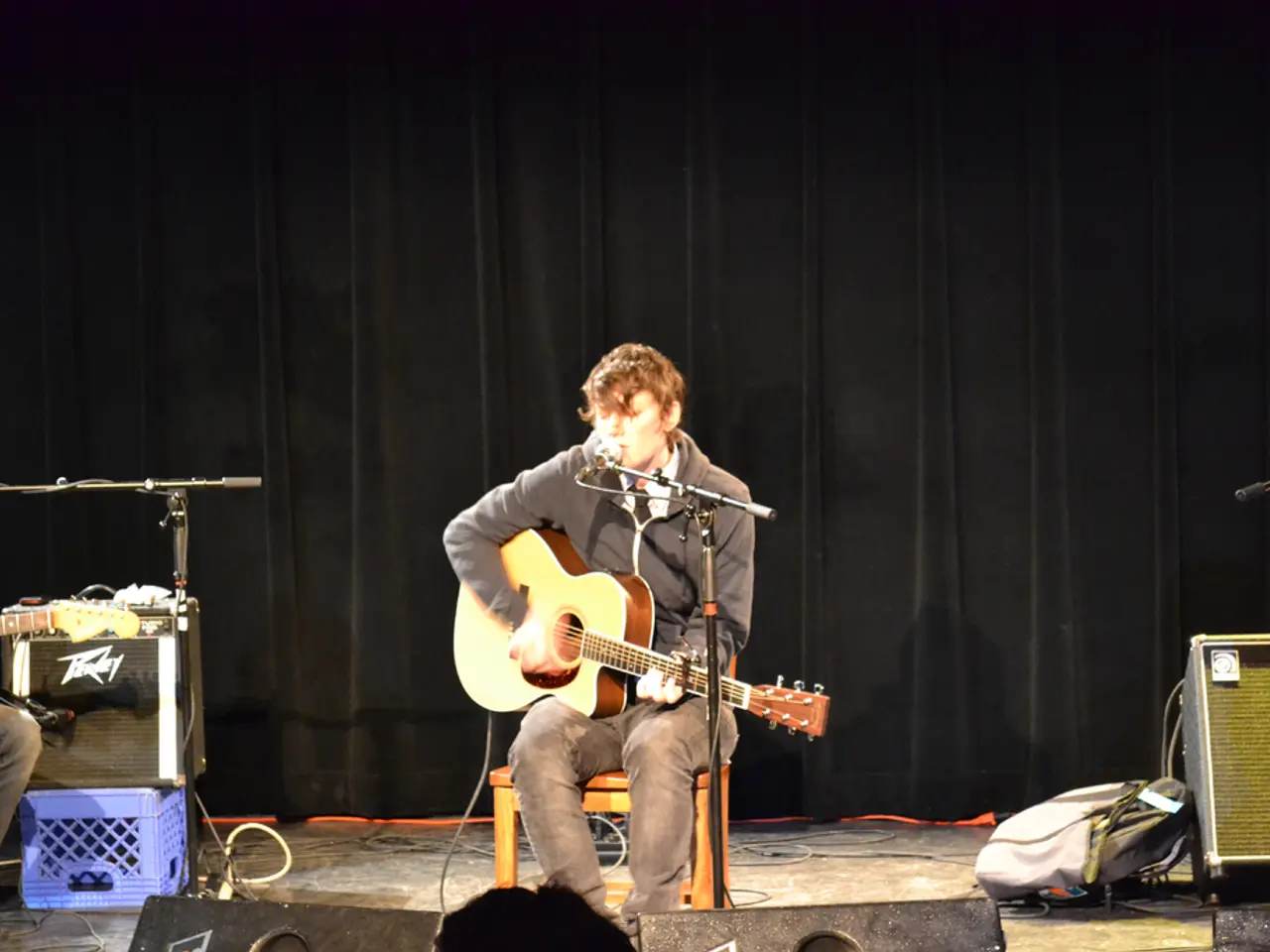Striking Images of the Most Iconic Musical Acts from the 1960s Decade
In the vibrant and tumultuous 1960s, British bands made a significant impact on American music, culture, and the music industry. This era was marked by cultural shifts, including the civil rights movement, anti-Vietnam War protests, sexual liberation, the rise of youth identity, and the counterculture movement.
The British Invasion, led by iconic groups like The Beatles, The Rolling Stones, and The Zombies, revitalized American rock and roll. They introduced new musical sophistication, blending elements of classical influences and American R&B, broadening the scope of popular music in America. The Zombies, for instance, infused classical sensibilities into their rock compositions early on. British bands also covered songs from American songwriters, showcasing a transatlantic exchange of styles.
The Beatles' historic appearance on The Ed Sullivan Show in February 1964 marked the beginning of "Beatlemania" in the United States. Meanwhile, The Rolling Stones brought a grittier, blues-influenced sound that contrasted with the Beatles' pop sensibilities.
Genres blurred and emerged during this decade, with some of the biggest bands of the era not only reflecting the cultural changes but also shaping them. The 1960s saw the rise of folk-rock, a genre that blended traditional folk music with rock and roll to challenge societal norms and address political issues.
Meanwhile, parallel movements like Motown and soul music empowered Black American artists. Berry Gordy founded Motown Records in 1959, a Detroit-based label that became the most successful Black-owned record label in history. Artists like Diana Ross and The Supremes, the Temptations, Stevie Wonder, and Marvin Gaye became household names, breaking down racial barriers in popular music. Folk-rock songs became rallying cries at marches, demonstrations, and counterculture gatherings, offering solidarity and a means of organizing resistance.
The success of soul music and Motown among 1960s bands fundamentally changed the music industry's power dynamics, establishing Black artists as major commercial forces and cultural influencers. Aretha Franklin, Otis Redding, and Sam Cooke combined gospel influences with secular themes in their music, speaking to personal and collective experiences of Black Americans.
The British Invasion offered something distinctly different yet familiar to American audiences, taking direct influence from American blues, rock and roll, and R&B acts. The influx also prompted a reaction in the U.S., motivating American bands to innovate and compete, thereby enriching the domestic music scene.
This influx also extended beyond music, influencing fashion and proving to the music industry that foreign, non-American acts could achieve massive commercial success in the U.S. Joan Baez, Pete Seeger, and Phil Ochs carried forward the protest tradition of 1960s bands, using their music as a voice for social change.
In summary, 1960s British bands impacted American music by reinvigorating rock and pop with new sounds and sophistication and influencing American youth culture, fashion, and the competitive dynamics of the music industry. Their music not only reflected the ethos of the era but also propelled it forward.
- The Zombies, a British band, were pioneers in fusing classical elements with pop-culture friendly rock music, broadening the spectrum of music in the 1960s.
- The British Invasion initiated a transatlantic exchange of musical styles, as British bands like The Beatles and The Rolling Stones covered songs from American songwriters.
- The upsurge of sci-fi-and-fantasy genres in pop-culture was also influenced by the cultural shifts of the 1960s, as music, fashion, and entertainment industries transformed as a result of these changes.






